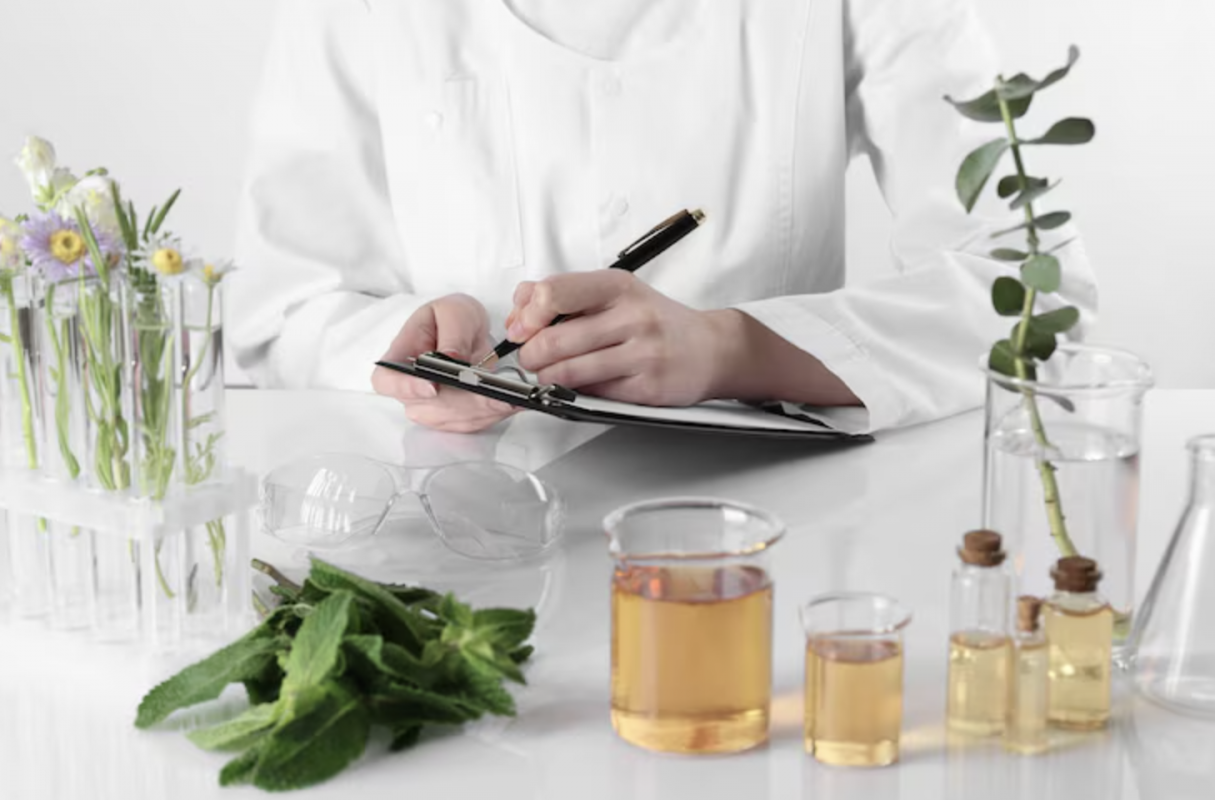
How Is the Stability of Synthetic Colorants in Cosmetic Products Measured?
How Is the Stability of Synthetic Colorants in Cosmetic Products Measured?
Contents
Bold reds, vibrant pinks, and dazzling blues — these eye-catching hues in cosmetics are often made possible by synthetic colorants. But to maintain their appeal, these colors must remain stable over time. This is where cosmetic product analysis and stability testing come into play. So, how exactly is this tested?
What Are Synthetic Colorants?
Synthetic colorants are lab-created dyes used to provide desired visual aesthetics in cosmetics like lipsticks, foundations, eyeshadows, nail polish, and hair dye.
Why Is Stability Important?
A stable colorant can withstand heat, light, pH changes, and time. Instability can result in color fading, separation, or undesirable reactions — all of which negatively affect product quality and customer trust.
How Is the Stability of Synthetic Colorants Tested?
These procedures are part of the cosmetic product determination process and typically include:
1. Accelerated Aging Test
The product is exposed to controlled conditions (temperature, humidity, light) and monitored for color change using spectrophotometers.
2. pH and Thermal Stability
Colorants are tested under various pH levels and temperatures to assess their resilience.
3. Light Fastness Testing
The product is exposed to UV light to evaluate any color degradation over time.
4. Microbial Stability
Checks whether microbial activity affects the performance or safety of the colorant.
Why Are Stability Tests Essential?
It’s not just about regulatory compliance — customers expect consistent quality. Unstable products may spoil on shelves, be returned, or damage brand credibility.
The Science Behind Lasting Color
To ensure vibrant cosmetic shades stand the test of time, stability must be verified through professional cosmetic analysis. Partnering with a reliable lab is key to delivering high-performance, stable products.
Frequently Asked Questions
1. Is stability testing legally required?
Yes, many countries mandate stability testing before cosmetic products reach the market.
2. Is stability testing necessary for all cosmetics?
Yes, especially for those that contain colorants or active ingredients.
3. How can I tell if a product is unstable?
Look for fading colors, separation, unpleasant smell, or changes in texture.
Things to Consider
- Tests should be performed on the final packaged product.
- Use internationally validated methods in accredited labs.
- Colorant stability directly impacts product shelf life and performance.

